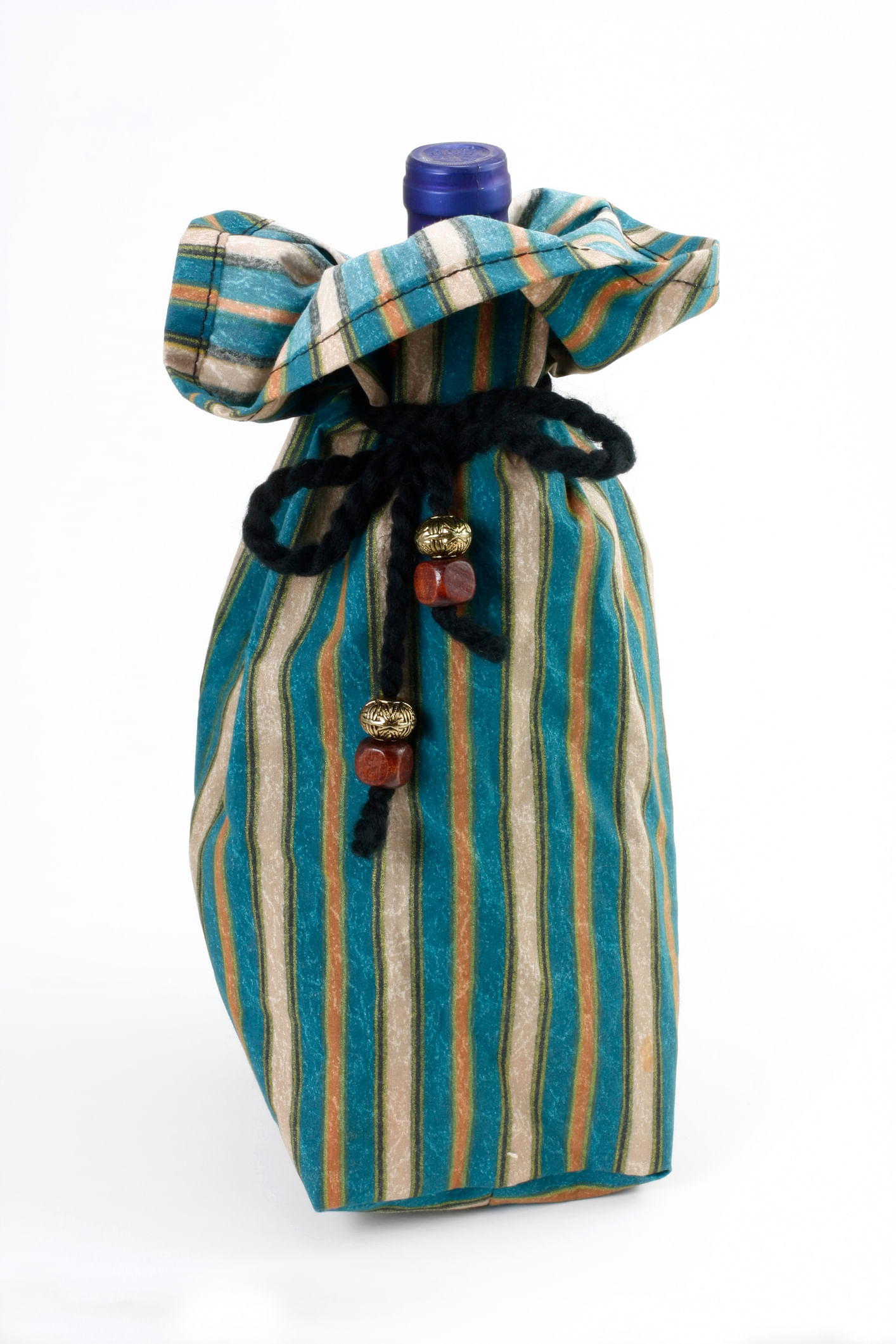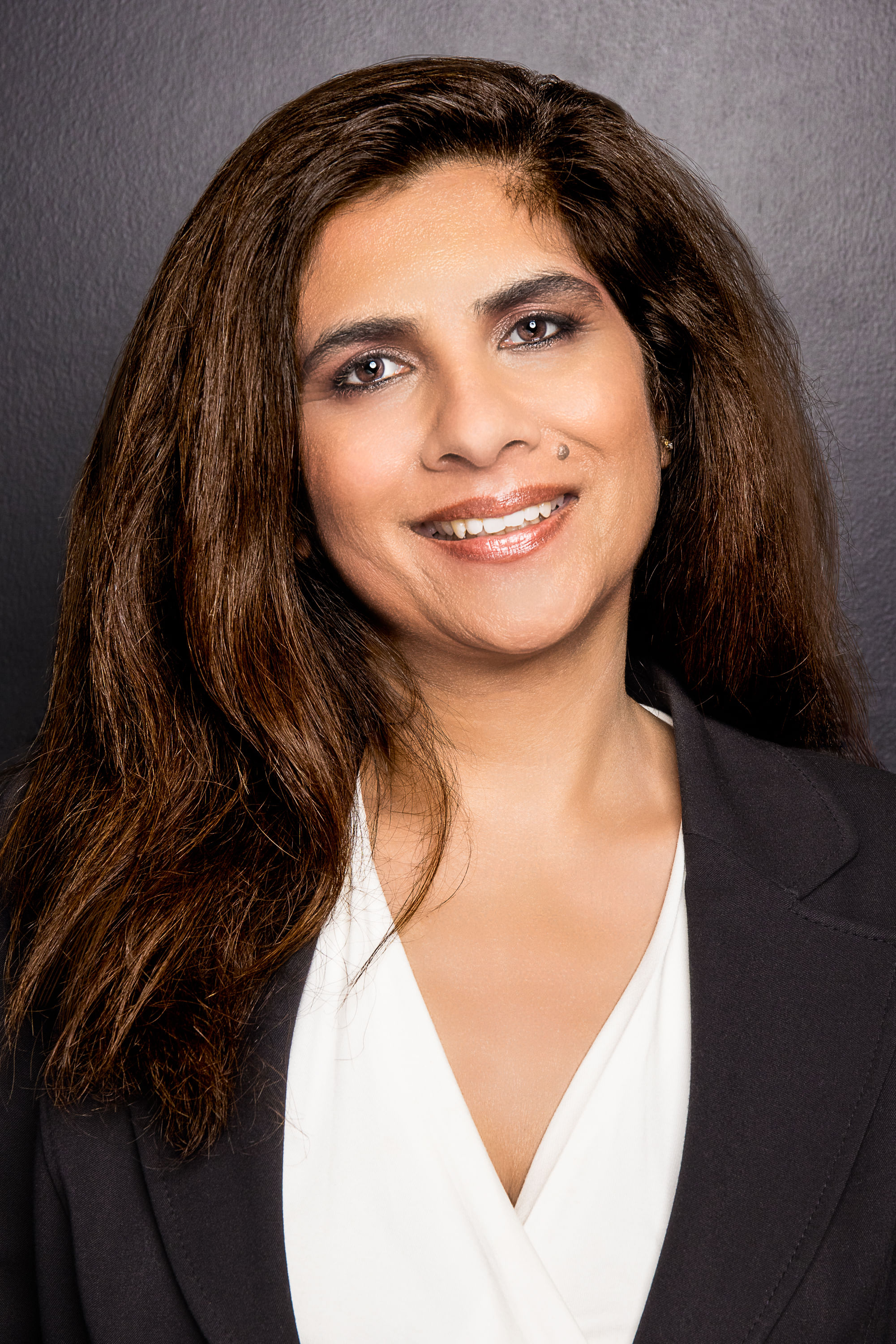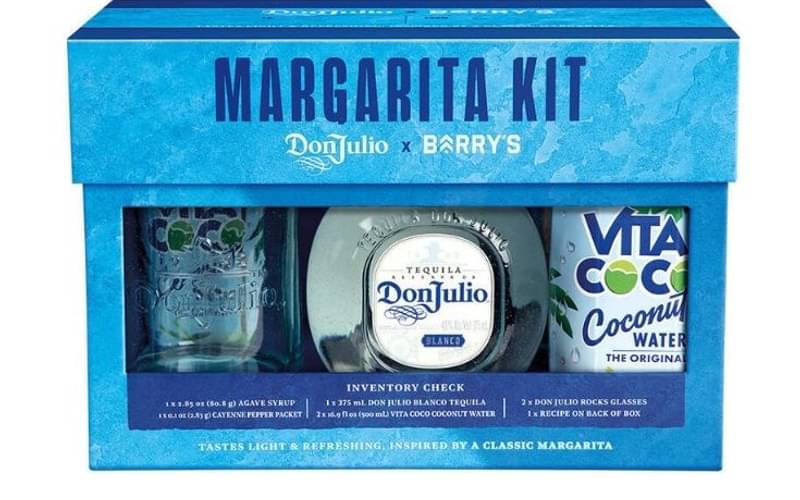Spearhead strives for sustainability credibility with its packaging design
Pooja Sikand, owner and founder of Spearhead India talks to WhatPackaging? magazine about the innovations in packaging design. She says that determining the environmental impact of a solution is the priority for Spearhead
16 Oct 2023 | By Abhay Avadhani
The name: Pooja Sikand.
CEO: One of the four women on Spearhead’s international CEO team.
Main focus: Asia Pacific region.
USP: Leveraging her expertise in operations and logistics to provide innovative solutions.
Her role: Product development, production management, and sales.
Key collaboration: With the three other dynamic international CEOs, to collectively drive Spearhead’s vision for sustained success.
Spearhead in India: Bolster manufacturing operations which are based in India.
The aim: To provide a viable alternative to traditional sourcing from China.
That’s what we knew.
So we asked Pooja Sikand, CEO of Spearhead India about what her global clients seek. And that’s how Sikand emphasised the company’s India presence, experience, and strong connections with manufacturing partners throughout India. She told us, “Spearhead’s operations in India provide a competitive advantage for clients exploring options beyond China. Plus it allows the team to adapt to cultural requirements in India.”
Istituto Europeo di Design (IED) in Turin
In addition to a business strategy, The Spearhead Group has worked with the Istituto Europeo di Design (IED) to mentor the next generation of design talent. It was brought to our attention that students bring fresh new perspectives, unencumbered by manufacturing parameters of the past, and the current focus revolves around embracing the latest trends. These include using fewer materials overall and prioritising substrates that are not only sustainable but also stronger than traditional options. Sikand believes that this approach may seem contradictory, but in today's packaging landscape, ‘less is more’.
She says, “Through minimalist designs, we have discovered that brand impact, sustainability, and cost reduction can coexist. It’s exciting to help clients realise that they can maintain their brand identity while maintaining their sustainability goals and budget.”
The Spearhead Group has garnered a global reputation of improving brand experiences for consumers, while making additional positive impacts on businesses, such as through its commitment to backing other women-owned companies.
Launch of the Bottle2Bag and other projects
In early 2023, Spearhead launched a solution called Bottle2Bag that maximises sustainability. Switching to this rPET material for a year could save about 1,700 tonnes of CO2 emissions and 60 million water bottles from going into the landfill.
The response to changing substrates to more sustainable materials has been well received from Spearhead’s clients. Sikand explains that with Bottle2Bag, the team uses recycled plastic bottle waste to make new material for bag production. “The process we use creates textiles that are very precise in their sizes and colour. In the past, ‘upcycled’ materials created inconsistencies. By refining this process, we’ve been able to make these products more accessible to our clients as we can guarantee a better product while maintaining the commitment to sustainability,” she says.

With Bottle2Bag, the team uses recycled plastic bottle waste to make new material for bag production
Spearhead’s move to post-consumer content is a win-win for everyone: “The reduced CO2 output has a positive environmental impact. The idea was conceived last year, and the company expects in 2024 for it to take off in terms of volume,” Sikand says.
Another example of Spearhead’s sustainable innovations is a patent pending Pressure Fit System. Through the Spearhead R&D process, a unique method holds the components in place without the use of plastic thermoforms. This is done by utilising top and bottom pressure to hold the products in place.
“This Pressure Fit System goes beyond eliminating plastic usage; it also reduces the need to have large spaces between the components packaged,” Sikand shares. “This means that even glass components can be packaged without plastic within a few millimetres apart or less. Having components in a package so close to each other not only creates a unique visual effect, it also substantially reduces overall material wastage.” Additionally, the company is working on a new bottle decorations application process which will help save costs, materials, and reduce C02 emissions.
Design innovation with the packaging structure
Sikand shares with us that the Spearhead India team is in the process of developing a custom ceramic bottle design for a major US brand. It plans to set up a specific production site in India to manage the project.
The point, Sikand said, is that the environmental impact of a packaging solution is “topmost priority.” She adds, “The team has developed a process to show the environmental impact of a solution while discussing the design, costs, and lead times with its clients at the beginning of a project. We work hard to make sure they can make decisions that best meet their company’s sustainability goals while also sticking to budgets and timeframes.”
The primary challenge faced by the company involves educating clients about the advantages of embracing sustainable changes. Sikand discusses how occasionally, creative teams or marketing decision-makers have a vision that doesn't align with sustainability goals, without them realising it. She gave an example: “We might propose minimising material usage and utilising only recyclable ink. While the client may envision a grand, glitzy package, it's our responsibility to highlight that certain elements may not align with their initial sustainability objectives.”
She adds, “Sustainability is becoming more of a global topic of conversation, and at Spearhead we are creating many opportunities to become more sustainable by innovating in the area of packaging.” Sustainability, she feels, can be visually appealing and impactful; sometimes, it just requires reshaping the brand vision.

Pooja Sikand: Spearhead’s team in India consists of 12 people. The team is experiencing rapid growth and expansion, so it is scaling as needed
Packaging industry in India: the way forward
Spearhead has global R&D labs that focus on sustainability, design, and cost-effectiveness. The program works on a monthly cycle, taking on marketing challenges that are useful, or as recommended to by the clients. The company develops working prototypes to test functionality and overall fit for use, while keeping in mind sustainability priorities. The goal is to create new-to-market structures that are tested in its labs and are proven to be production-feasible by the global manufacturing partners.
Spearhead also engages with global universities such as IED in Torino, Italy, and Rutgers University in New Jersey, USA. Engaging with students and universities, and creating design competitions, like their Physical Brand Enhancement (PBE) Awards, has been a way for Spearhead to advance in-house R&D efforts.
The company is planning to expand its presence in India for the PBE Awards competition in 2024. While it has previously collaborated with the IED in Italy and Ibero University in Mexico, the Spearhead team is also exploring opportunities for collaborations with Indian institutions in 2024. Its overall targets for 2030 include expanding export operations, continuing to grow factory sites, and increasing sales domestically and in the APAC region.
Sikand says that operations in India offer many more verticals. This translates into supplying many of the raw materials, or specific customised solutions. She says, “The Indian market is as mature as many other countries. While the regulations surrounding environmentally friendly packaging aren’t as strict here, our clients are still looking for these options and notice companies who offer them in India.”
Sikand pointed out that brands should consider metrics such as carbon emissions and water usage, which are influenced by the conversion facility and the location of raw materials. “It is also crucial to focus on reducing, reusing, and enabling recyclability and reusability. Better engineering and minimising material consumption are key areas of focus as well,” she concluded.


